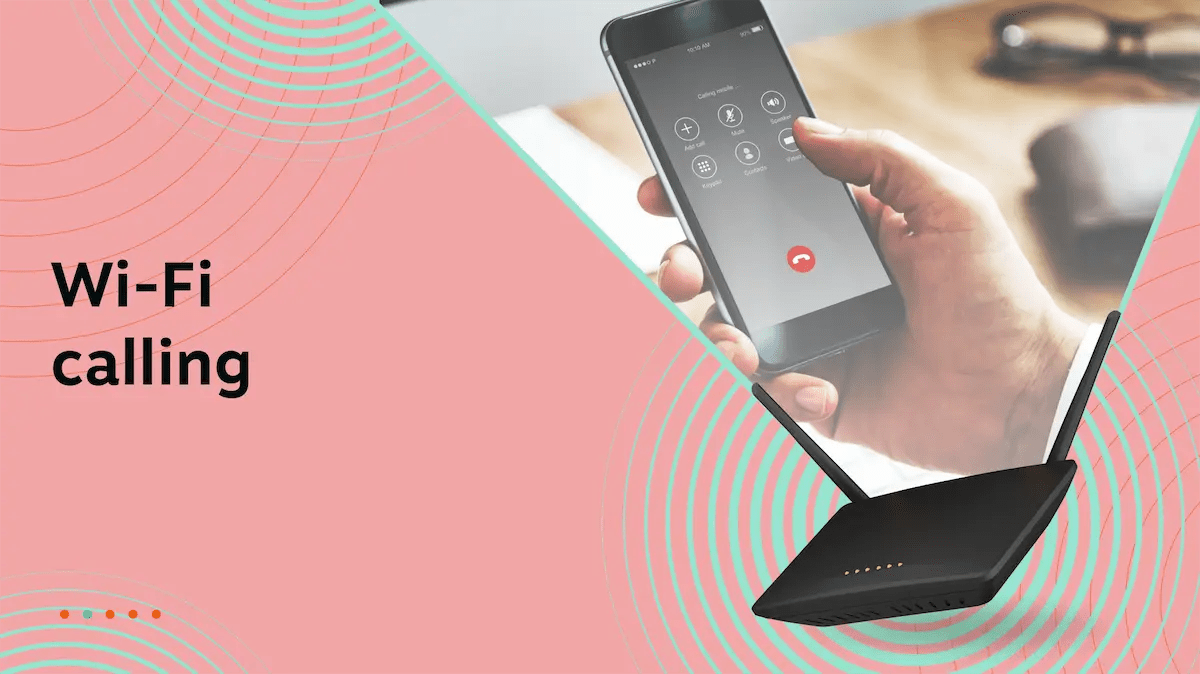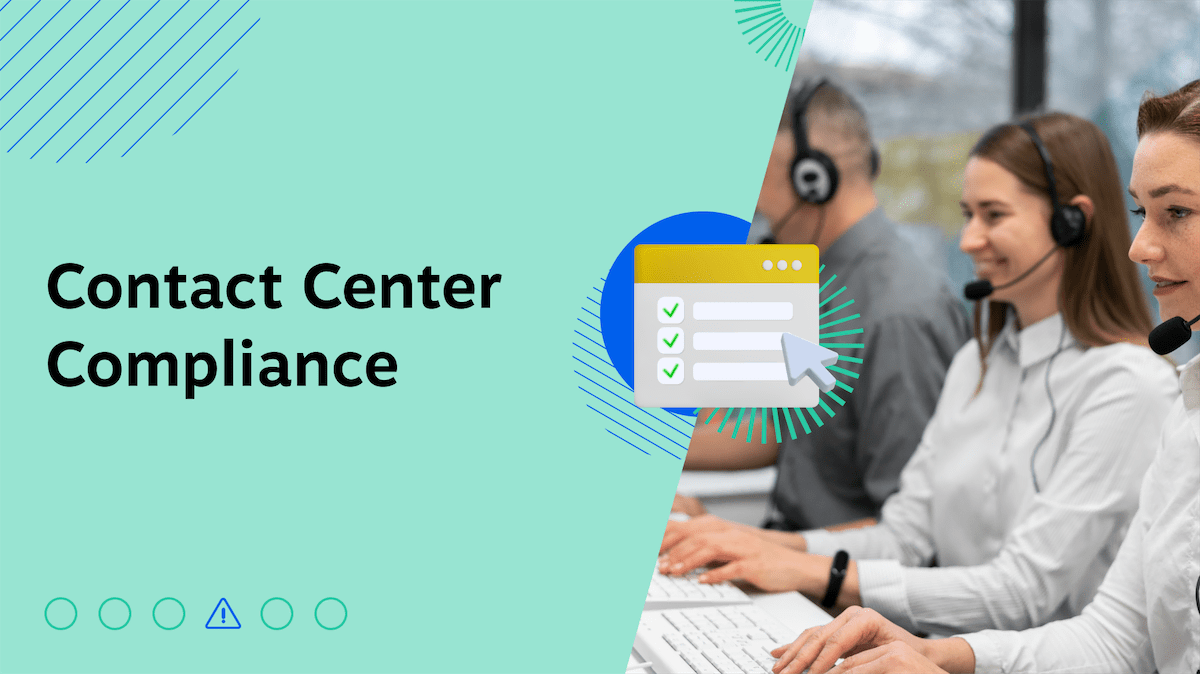Ever wondered why some calls come in with a mysterious “800” prefix? Toll-free numbers are common in business communications, and they offer more than just free calls for customers. They signify credibility and accessibility, traits that even small businesses can use to level the playing field with larger competitors.
In this guide, we’ll unravel the benefits of toll-free numbers. From why businesses use them to how to acquire one, you’ll learn everything you need to know about these numbers.
What Is a Toll-Free Number?
A toll-free number is a telephone number that allows callers to reach businesses without incurring charges for the call. Instead of the caller paying, the organization that owns the toll-free number takes care of the charges.
In the United States, the most common toll-free number is 1-800. This and others are commonly used for:
- customer service hotlines
- sales inquiries
- support lines
- other business purposes to enhance accessibility for their customers
Plus, toll-free numbers can be text-enabled, allowing businesses to send and receive text messages in addition to voice calls. This capability is particularly useful for customer service interactions, appointment reminders, marketing campaigns, and other communications where text messaging provides a convenient and efficient channel of communication.
Text-enabling can be done through telecom providers or VoIP service providers that support SMS (Short Message Service) functionality for toll-free numbers.
Types of Business Phone Numbers
There are three basic types of business phone numbers that serve different purposes and can be chosen based on factors like branding, customer accessibility, and marketing strategy.

Local area codes
An area code refers to the first three digits of a North American Numbering Plan (NANP) telephone number that identifies a specific geographic area. For example, in the United States, area codes like 212-555-5555 (New York City) or 310-555-5555 (Los Angeles) are local area codes.
“Are code” is sometimes used interchangeably with “toll-free prefix,” but it’s not the same thing.
Toll-free prefixes
A toll-free prefix is the first three digits of a toll-free telephone number that identifies the type of service or organization using the number.
Toll-free numbers encompass several types, each designed for specific purposes. While they all provide the essential benefit of cost-free calls for customers, these prefixes vary based on their designated use. This distinction allows businesses to choose the most suitable option that aligns with their customer service goals and operational needs.
In the United States, these prefixes are the most common:
- 800
- 833
- 844
- 855
- 866
- 877
- 888
800 numbers
The most recognized type of toll-free number is the classic 1-800. AT&T brought us the first interstate toll-free service in 1967 as an alternative to operator-assisted collect calling.
Because it’s so familiar, it’s often associated with credibility and the long-standing establishment of a business. Some brands have even incorporated the 800 prefix into their business name, like 1-800-FLOWERS.

888 numbers
The Federal Communications Commission introduced the 888 prefix in 1996 as the demand for toll-free telephone numbers grew. The FCC is responsible for regulating toll-free numbers and recognizes all the listed prefixes in this post as valid.
Established businesses, such as PNC Bank, use 888 toll-free numbers for their brands. The choice to use an 888 number for an traditional business like a bank could be influenced by availability or simply to differentiate its toll-free number from competitors using the more common prefix 800.

877 numbers
Two years later, the FCC rolled out the 877 prefix as, once again, more businesses sought toll-free numbers. This number is also often used when 800 numbers are not available or when businesses prefer an alternative prefix for customer service and sales lines.
The Federal Trade Commission’s help line for consumer complaints is an 877 number.

866 numbers
This is another series in the expanding list of toll-free number options. Due to the increasing popularity of toll-free phone numbers, the FCC introduced 866 numbers in 2000.
The U.S. Department of Labor uses an 866 prefix number.

855 numbers
The FCC rolled out 855 numbers in 2010, making them a relatively new addition to the toll-free number family.
Amazon Pharmacy is one business that uses an 855 prefix for their customer service line.

844 numbers
Rolled out in 2013, the FCC introduced 844 numbers to ensure the continued availability of toll-free numbers.
Although Enterprise Rent-A-Car uses an 855 number for car rentals, they have an 844 number for their Emerald Club membership line.

833 numbers
The prefix 833 is the latest addition to the toll-free number series, introduced in 2017. While this one is still not as common as other toll-free number prefixes on this list, it’s just as valid and respected.

Vanity phone numbers
Vanity phone numbers are toll-free numbers that spell out words or phrases on the classic telephone keypad. They were particularly important before smartphones when people couldn’t just look up a phone number on a mobile app.
Even now, they’re easy to remember, and companies often use them for branding and marketing purposes.
Vanity phone numbers can use any of the toll-free prefixes. Examples include the following:
- 1-800 Contacts’ telephone number is 1-800-CONTACTS (or 1-800-266-8228).
- Comcast’s customer support line is 1-800-Xfinity (or 1-800-934-6489).
- FedEx’s phone number is 1-800-GoFedEx (or 1-800-463-3339).
As you can imagine, vanity toll-free numbers are hard to get, even today. A better alternative to a nationally recognized phone number is a local one, where you opt for a local phone number that is trusted and easily recognized.
Shared use numbers
Shared use numbers are toll-free numbers that are shared by multiple businesses, often in different geographic or service areas. These numbers are typically managed by a service provider or a toll-free service company and are used by companies wanting to minimize costs.
When they’re in use, a phone call from an inbound callers is routed to the appropriate business based on criteria such as the caller’s location. Multiple personal injury attorneys, for example, use the vanity number 1-800-HURT-NOW. When someone calls this number, they’ll be connected to the firm closest to their local area.
VoIP Phone Systems + Toll-Free Numbers
What’s the connection between toll-free numbers and VoIP phone systems?
Toll-free numbers and Voice over Internet Protocol phone systems are closely connected in modern telecommunications:
- VoIP: VoIP phone systems use the internet to transmit voice calls, converting analog voice signals into digital data packets. This technology allows for more flexible and cost-effective communication solutions compared to traditional phone systems.
- Toll-Free: Toll free numbers can be integrated into VoIP phone systems. When a call is made to a toll-free number, VoIP systems can route the call over the internet to the designated destination, whether it’s a physical office phone, a computer, or a mobile device.
It’s possible to have a toll-free number without using a VoIP phone system. These numbers can be managed through traditional telecommunication carriers and systems, not necessarily dependent on VoIP technology.
However, the combination of toll-free numbers with VoIP phone systems enables businesses to provide cost-effective, reliable, and feature-rich communication solutions that enhance customer engagement and operational efficiency.
Why Businesses Use Toll-Free Numbers
There are a few benefits of toll-free numbers for businesses, regardless of the business’s size or industry.
The most common advantage, of course, is that it lends instant credibility to the business. Let’s take a look at more of the top benefits.
Adds credibility
Toll-free numbers convey a sense of professionalism and reliability because the businesses using them seem established. “Established” can translate into “trustworthy” in the eyes of potential customers. For customers considering different options, opting for a more established and trustworthy business can seem like the safer bet.
A toll free phone number eliminates the geographical limitations of traditional landline numbers. If a customer in Florida is trying to find a plumber but sees a telephone phone number with a Wisconsin area code, they’ll probably scroll to another listing.
They won’t assume that the company headquarters are located in Wisconsin with a national presence; they’ll just assume that they can’t actually get service. A toll-free number can prevent this.
Landlines can call for free
Businesses can save on long-distance charges by using toll-free numbers for any inbound call, regardless of where the caller is located. This is especially beneficial for small businesses and startups.
Additionally, landlines can dial toll-free numbers without any additional charges.

Acts as a permanent phone number
As mentioned above, Voice over Internet Protocol (VoIP) toll-free numbers can be easily scaled to accommodate fluctuating call volumes, making them suitable for businesses of all sizes.
Many companies, including small businesses, call centers, and startups, are now relying on VoIP business phone number systems. When they do, in addition to the benefits of toll-free numbers, they can take advantage of virtual phone features such as:
- call forwarding
- SMS messaging
- voicemail transcriptions
- call recording
- caller ID
- auto attendant
Routes calls to several destinations
VoIP toll-free numbers can be routed to various devices, including landline phones, mobile phones, and desk phones. This can ensure that incoming calls are never missed.
VoIP systems, as discussed above, provide advanced call routing options. This allows businesses to distribute inbound calls efficiently and effectively between multiple agents and departments. They’re also often cost-effective, especially compared to conventional business phone lines.
Use Cases for Toll-Free Phone Numbers
Just as business owners may choose toll-free numbers (including vanity toll-free numbers) based on a number of different advantages, there are multiple use cases to consider.
Streamlining customer service
Toll-free numbers make it easy to streamline customer service, especially when you’re using virtual phone services with VoIP functionality. Incoming callers can take advantage of unlimited calls to the business, and your business can use call routing or dedicated vanity numbers to get callers to a qualified service rep quickly. This can streamline customer service and improve the user experience.

Example: A home appliance company offers a toll-free number for customers to call for free repair consultations, increasing customer satisfaction due to the ease of getting help. They offer a dedicated support line and a dedicated sales line for tracking calls, nurturing leads, and forecasting pipelines.
Tracking marketing campaign ROI
Marketing often involves A/B testing different campaigns to assess which is most effective. You can attach different toll-free numbers to each marketing campaign, tracking to see which attracts the most inbound calls and which of those callers are most likely to convert.
Example: A fitness center runs ads in two different locations, using separate toll-free numbers for each. By tracking the call volume of each number, it can determine which campaign is more effective.
Handling higher call volumes
As a business grows, it will likely see an increase in call volumes. Toll-free numbers paired with VoIP systems may come with features such as call forwarding and auto attendants to help callers connect quickly with the team they need.
Example: As a catering business grows, its toll-free number easily manages the increasing volume of calls for bookings and inquiries without needing a significant upgrade in infrastructure.
Managing crisis communications
No brand wants to deal with a crisis, but you always want to be ready in case the unexpected happens. Managing crisis communications is much more effective when you’ve got a toll-free number with VoIP functionality that can handle a skyrocketing number of calls.
Example: During a product recall, a food manufacturing company uses its toll-free number to handle a surge in customer inquiries, providing timely information and instructions on product returns and replacements.
Get Your First Toll-Free Number with Nextiva
Numbers with toll-free area codes are incredibly important to businesses of all sizes. They lend more credibility than a local number, which can be an essential part of scaling your business. A toll-free number practically screams “established, responsible organization.”
Consider choosing a trusted VoIP phone system service provider that offers toll-free numbers.
Nextiva includes a toll-free number with its business phone service, along with many advanced features such as call recording, conference calling, and business texting. We also support local numbers, so there’s plenty of flexibility based on what your business needs.
We offer unlimited calling in the United States, Canada, and Puerto Rico (including long-distance calls!), and we offer competitive pricing for international calls.
Stand out with a dedicated toll-free number. It's free.
All business voice plans include a toll-free number. Get top-rated phone features from the leader in business VoIP.
Toll-Free Number FAQs
It’s easy! Just dial the toll-free number (starting with 800, 888, 877, etc.) from your phone. These calls are free for the caller, so the organization being called pays for any incoming call charges.
Toll free numbers are often used by businesses for customer service, sales, or inquiries. If you receive a call from a such a number, it could be for customer support, telemarketing, surveys, or other business-related purposes.
You can obtain a toll-free 800 number through a telecommunications provider or a VoIP service provider (like Nextiva!). Some providers offer free or low-cost options, especially with bundled service plans, but typically there are associated costs for setting up and maintaining the number.
Yes, toll-free numbers can be called from mobile phones just like from landline phones. These calls do not incur charges for the caller, regardless of whether they are calling from a mobile device or a landline.

















 VoIP
VoIP 








